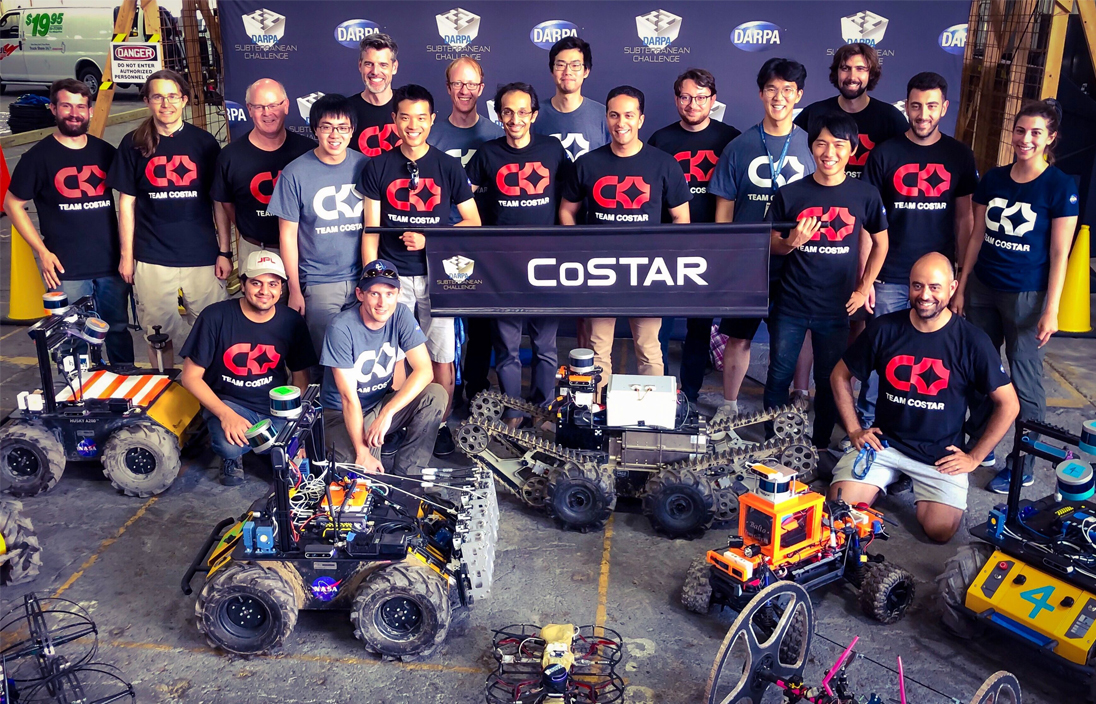Moving on to something underground, DARPA’s Subterranean Challenge.

Late last month, the Defense Advanced Research Projects Agency, or DARPA, the government agency famous for developing what eventually became the Internet back in the 1960s and who continues to maintain many active projects in an effort to develop bleeding edge technologies for the U.S. military, conducted a challenge. This was part of DARPA’s broad-spectrum approach to technology development by enlisting the private sector in the investigation of various concepts and principles that the agency cannot otherwise easily pursue on its own.
The challenge that just ended was called the SubT or Subterranean Challenge. The goal of the SubT was to “rapidly map, navigate, search, and exploit complex underground environments, including human-made tunnel systems, urban underground, and natural cave networks.” The competition was divided into two categories: Systems, where teams build physical things to accomplish a goal, and Virtual, where teams test software and algorithms in a virtual representation of terrains.
The Systems teams were divided into three further subcategories: Tunnel Systems, Urban Underground, and Cave Networks. NASA’s Jet Propulsion Laboratory (JPL) was one of the eight teams in the Systems category. Four other teams entered but did not make it into the final competition.
Their robot, CoSTAR or Collaborative SubTerranean Autonomous Resilient Robots, was actually several ground robots working together with a flying robot. The key thing CoSTAR is designed to solve is providing an energy-efficient team of robots that can overcome obstacles in extreme environments, which will be useful for both military applications and future planetary exploration. Development was mainly focused on networking the robots so they could work together autonomously, combining what they could see with their sensors into one system. The JPL robots do all of this without GPS because there isn’t GPS on Mars, yet; instead, they use magnetic field measurements for positioning.
CoSTAR won the Urban Underground Circuit and placed fifth in the final competition, behind teams from the University of Colorado Boulder, Carnegie Mellon, CSIRO in Australia, and the University of Nevada, Reno.




 Join the Crew!
Join the Crew!
 Escape Velocity Space News
Escape Velocity Space News
0 Comments